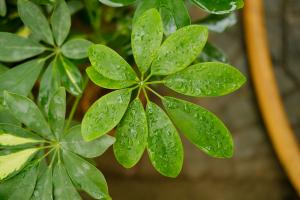1、 Basic information:
Clover is divided into two types according to different colors, generally white and red. Clover likes a warm, and well drained environment, but clover can't withstand the arid environment, and it's not conducive to its growth in the high temperature environment. Clover contains a lot of minerals and protein. It is a very high-quality forage, and it can adapt to growth in both acidic and alkaline soils. It has a great promotion prospect in China. If properly managed, it can last for more than seven years. Clover belongs to legume. It has strong nitrogen fixation ability. Generally, a small amount of nitrogen fertilizer can be selected when selecting fertilizer. In addition, fertilizers such as phosphorus fertilizer, potassium fertilizer and urea also contribute to the increase of clover yield

2、 Fertilization method:
Clover Seeds are very small and seedling growth is very weak. It usually takes a long time from sowing to budding. In order to ensure the normal development of seedlings, careful care must be taken. Whether sowing is in spring or autumn, the ground should be leveled in advance, and then deep ploughing and fine soil blocks should be carried out every 10-15 days, waiting for sowing. Before sowing, fertilizer should be applied once. Generally, organic fertilizer is mixed with calcium superphosphate and stirred evenly, and then used as base fertilizer. At the beginning of sowing, a small amount of nitrogen fertilizer can be applied to promote the growth of seedlings. If the plants are short and small and the leaves turn yellow at the time of emergence, the amount of nitrogen fertilizer should be increased appropriately. Generally, urea, potassium fertilizer and calcium magnesium phosphate fertilizer should be applied 15 days after clover emergence, which is conducive to improving grass yield

3、 Precautions for fertilization:
Generally, clover is sown in spring and autumn, and the best temperature is 19-24 ℃. The seeds of clover must be soaked before sowing. It is generally recommended to add 1.5kg of water for every 1kg of seeds, add 1g of ammonium molybdate to soak the seeds for 12 hours, then add 5 ~ 10kg of calcium magnesium phosphate fertilizer, add 5 ~ 10kg of fine soil or yellow sand, and then sow after mixing

 how many times do yo...
how many times do yo... how many planted tre...
how many planted tre... how many pine trees ...
how many pine trees ... how many pecan trees...
how many pecan trees... how many plants comp...
how many plants comp... how many plants can ...
how many plants can ... how many plants and ...
how many plants and ... how many pepper plan...
how many pepper plan...





























